Archives
- 2026-01
- 2025-12
- 2025-11
- 2025-10
- 2025-09
- 2025-04
- 2025-03
- 2025-02
- 2025-01
- 2024-12
- 2024-11
- 2024-10
- 2024-09
- 2024-08
- 2024-07
- 2024-06
- 2024-05
- 2024-04
- 2024-03
- 2024-02
- 2024-01
- 2023-12
- 2023-11
- 2023-10
- 2023-09
- 2023-08
- 2023-07
- 2023-06
- 2023-05
- 2023-04
- 2023-03
- 2023-02
- 2023-01
- 2022-12
- 2022-11
- 2022-10
- 2022-09
- 2022-08
- 2022-07
- 2022-06
- 2022-05
- 2022-04
- 2022-03
- 2022-02
- 2022-01
- 2021-12
- 2021-11
- 2021-10
- 2021-09
- 2021-08
- 2021-07
- 2021-06
- 2021-05
- 2021-04
- 2021-03
- 2021-02
- 2021-01
- 2020-12
- 2020-11
- 2020-10
- 2020-09
- 2020-08
- 2020-07
- 2020-06
- 2020-05
- 2020-04
- 2020-03
- 2020-02
- 2020-01
- 2019-12
- 2019-11
- 2019-10
- 2019-09
- 2019-08
- 2019-07
- 2019-06
- 2019-05
- 2019-04
- 2018-07
-
A large number of studies have
2024-10-01
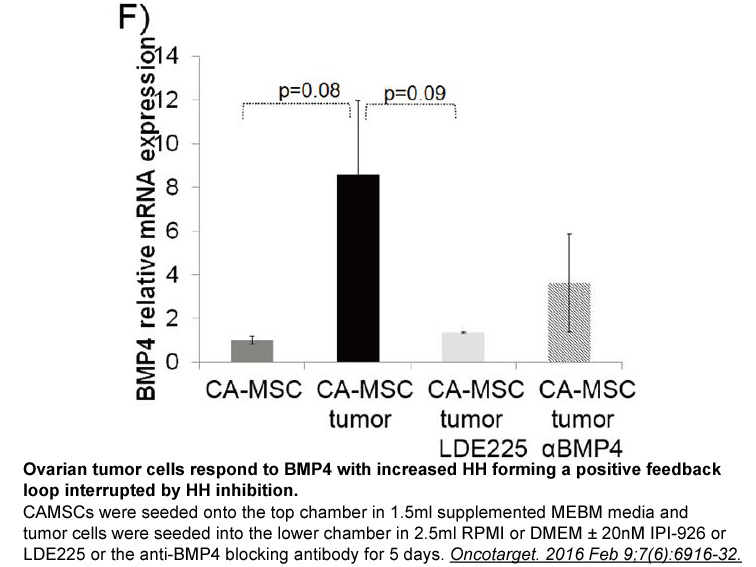
A large number of studies have shown that oxidative stress is involved in the pathophysiological process of ventricular remodeling and is associated with left ventricular dysfunction (Hori and Nishida, 2009, Lord et al., 2010). The generation of reactive oxygen species (ROS) that exceeds anti-oxidat
-
In addition to connecting high ARG levels
2024-10-01
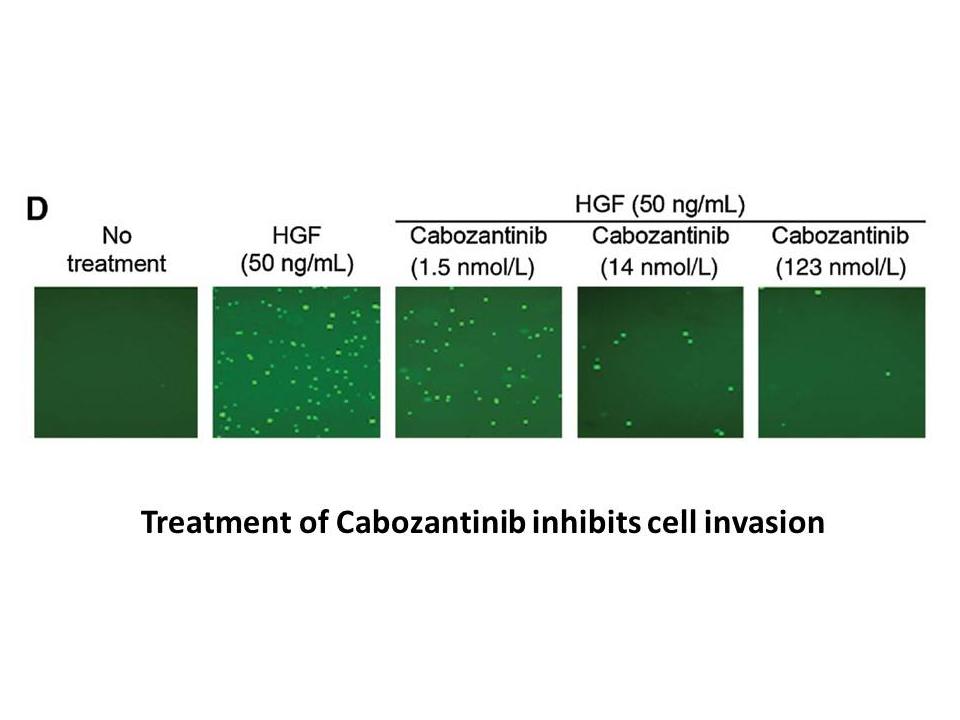
In addition to connecting high ARG1 levels with DNMT3A/TET2 mutations in MDS/CMML patient biopsies, we also wanted to address the cell type demonstrating elevated ARG1. Following our mouse work, we hypothesized that overexpression of this protein would be found in myelomonocytic parp inhibitor incl
-
Furthermore a study in Drosophila
2024-10-01
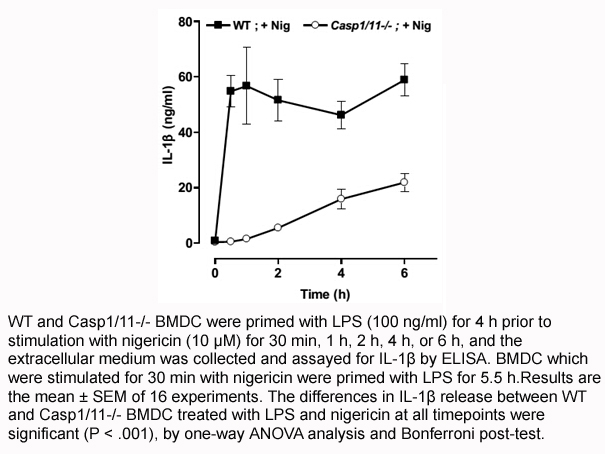
Furthermore, a study in Drosophila has reported that Dpatj can interact directly with Dmpar6 providing another potential mechanism linking the Crb to the Par complex [163]. In contrast, Wang et al. in 2004 [63] have shown that at least in MDCK epithelial cells, PAR6 binding to PALS1 interferes with
-
br Declarations Funding None for the paper in question Compe
2024-10-01

Declarations Funding: None for the paper in question. Competing interests: Florent Morio has received speaker's fees from Gilead, Basilea, and MSD and travel grants from Gilead, MSD, Pfizer, Basilea, and Astellas. Ethical approval: Not relevant for the paper in question. Introduction Lactic
-
br Steroidogenesis in the skin The synthesis of
2024-10-01
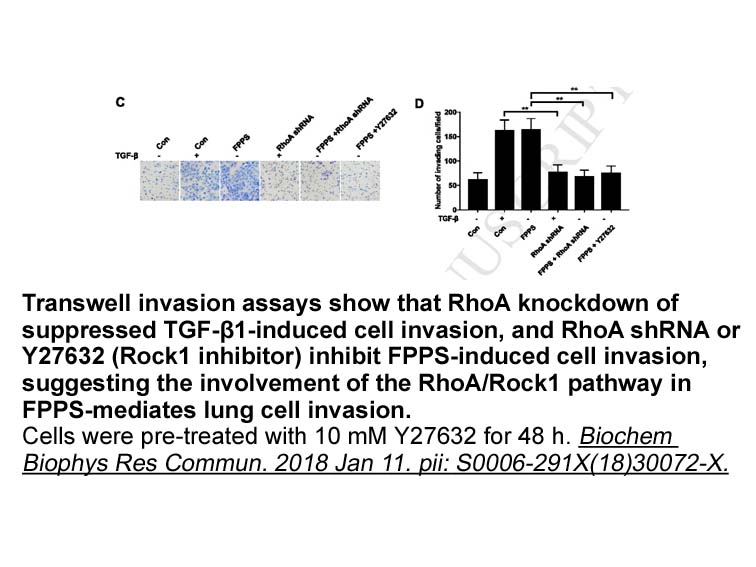
Steroidogenesis in the skin The synthesis of steroid hormones takes place in many tissues of which the adrenal glands, ovaries, testis, placenta and Anti-cancer Compound Library are considered to be classical steroidogenic organs. Nevertheless, skin constitutes an important peripheral steroidogen
-
N6022 sale Some members from the AAAP family namely the AUX
2024-10-01
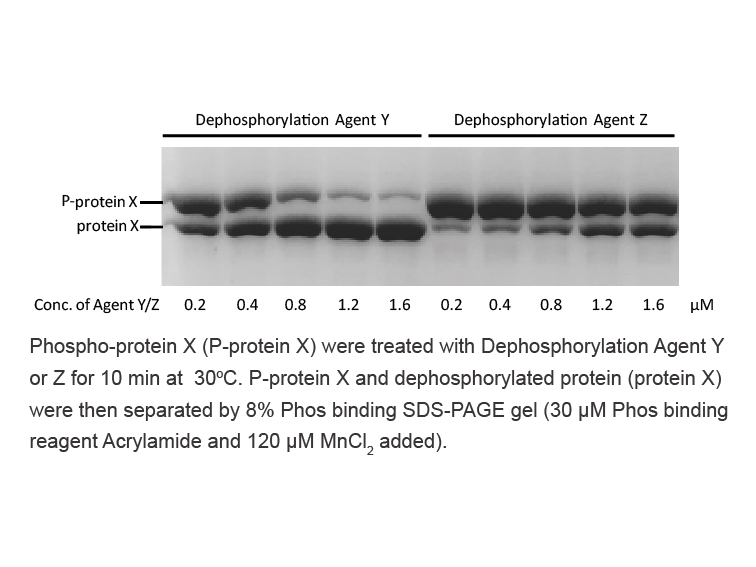
Some members from the AAAP family, namely the AUX1 and the LAX proteins, transport auxin instead of amino acids [48]. While there is some structural relationship between IAA and Trp, the substrate recognition characteristics seem different for these proteins: the auxins do not have any amino group o
-
CHC sale DAergic as well as GABAergic and glutamatergic neur
2024-09-30
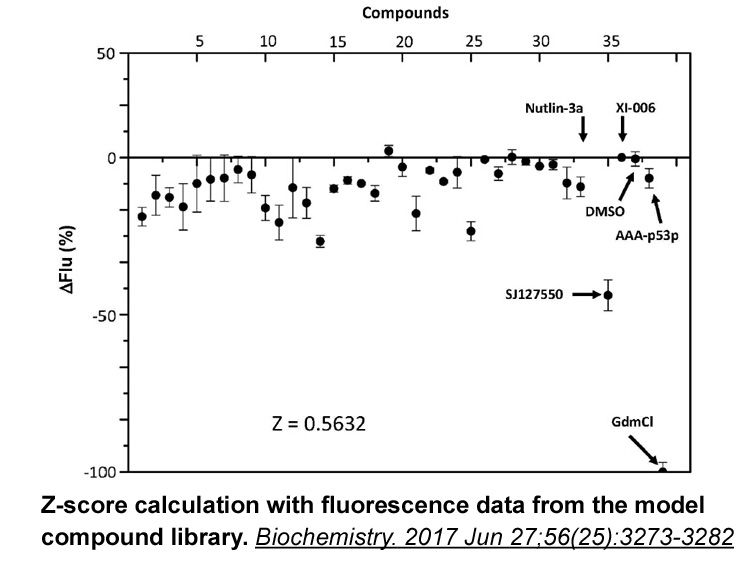
DAergic, as well as GABAergic and glutamatergic neurons, send projections to target forebrain structures, such as the nucleus accumbens (NAc) and medial prefrontal cortex (mPFC), and support diverse functional roles (Carr and Sesack, 2000a, Carr and Sesack, 2000b, Omelchenko and Sesack, 2009, Taylor
-
Pioneering studies on the immunomodulatory role
2024-09-30
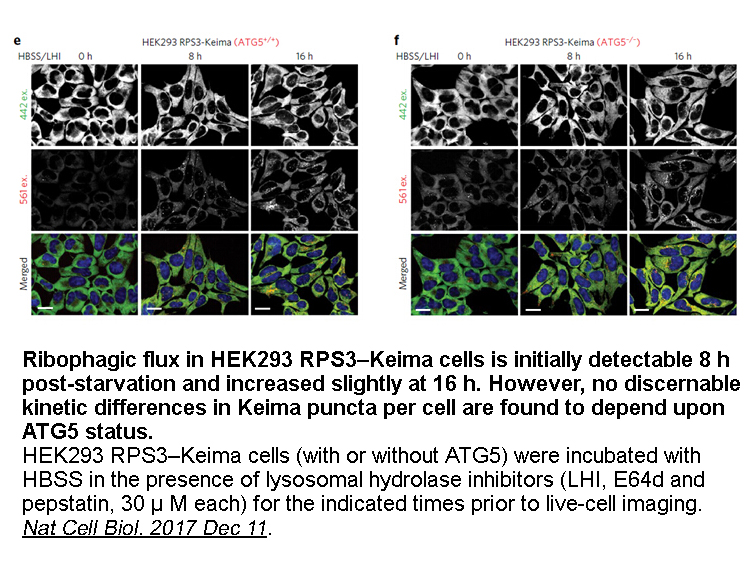
Pioneering studies on the immunomodulatory role of adenosine date back to the early ‘70 s of last century (Fig. 1), when the critical role of this nucleoside in shaping the development and the activity of several immune cell populations was first established [[18], [19], [20], [21], [22]]. This then
-
To our knowledge BAY has
2024-09-30

To our knowledge, BAY 60-6583 has not progressed to clinical development and remains to be the only ADORA2B agonist that has been developed.33, 34 Further development of similar compounds would be beneficial in future fibrosis research. One of the limitations of our study is being limited to in vit
-
Given the powerful and ubiquitous
2024-09-30
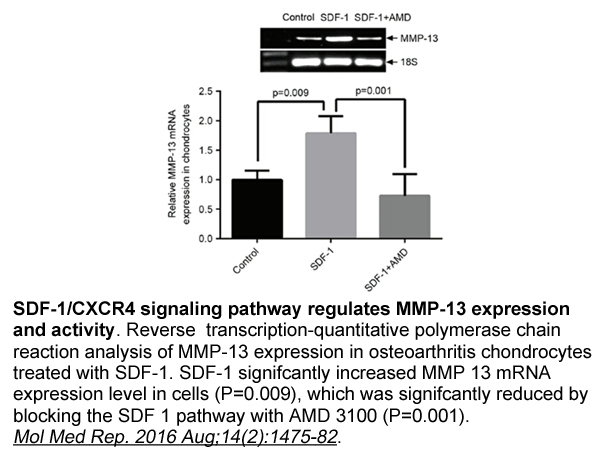
Given the powerful and ubiquitous nature of adenosine action within the CNS, basal levels of extracellular adenosine are carefully regulated and are estimated to be in the region of 30–300 nM (Fredholm et al., 2001). The two main pathways for the control of extracellular adenosine involve phosphoryl
-
br Acknowledgments br Introduction Hypospadias is a common c
2024-09-30
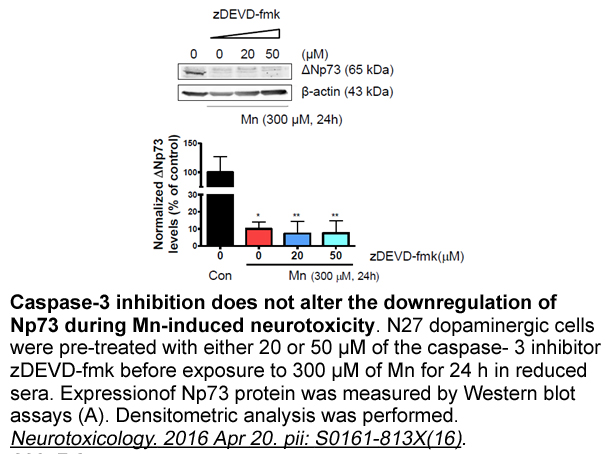
Acknowledgments Introduction Hypospadias is a common congenital malformation in males, in which the urethral orifice is found on the ventral side of the penis as a result of incomplete fusion of urethral folds. The mean prevalence in per 10,000 live births from 1910 to 2013 were: Europe 19.9,
-
Elevated expression of Aurora A and B frequently
2024-09-30
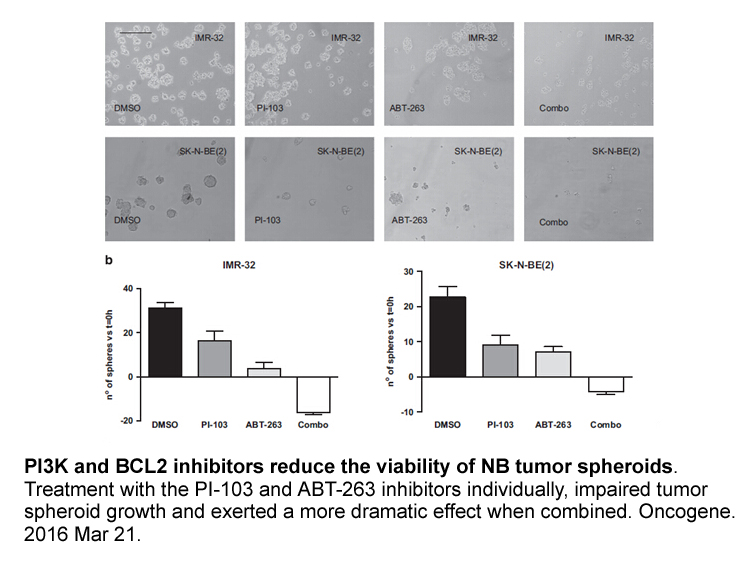
Elevated expression of Aurora-A and -B frequently detected in a wide variety of human cancers strongly indicate that high expression of these kinases play roles in the development of cancer associated phenotypes. While Aurora-A has been shown to function as an oncogene when over expressed in mammali
-
br Materials and methods br Results br
2024-09-30
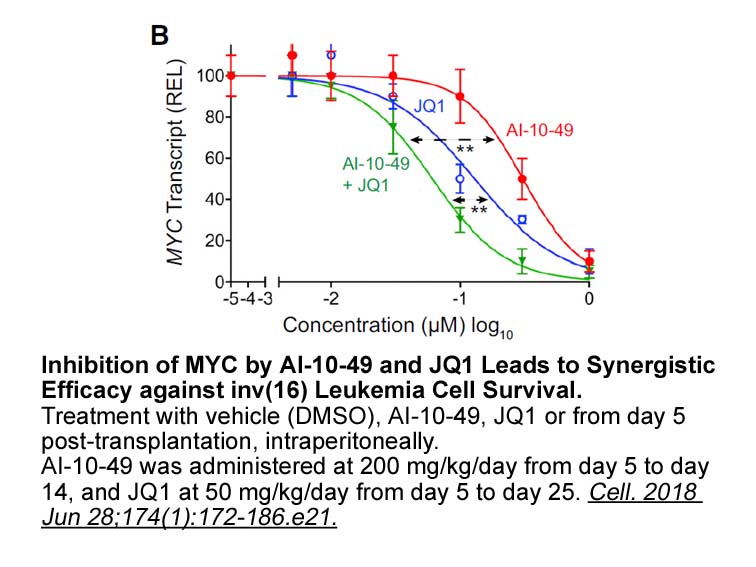
Materials and methods Results Discussion Many studies investigate the role of 12/15-LOX in cancer cell,23, 24, 25 however we here first found that host 12/15-LOX also plays an important role in metastasis progression. We have demonstrated that 12(S)-HETE increased melanoma cell adhesion to
-
Introduction Initially postulated to represent the
2024-09-30

Introduction Initially postulated to represent the main source of ATP production in eukaryotic cells, mitochondria are recently recognized to perform manifold essential functions beyond energy production, impacting most areas of cell biology and medicine [1]. Mitochondrial metabolism is both the ba
-
br Material and methods br Results
2024-09-30
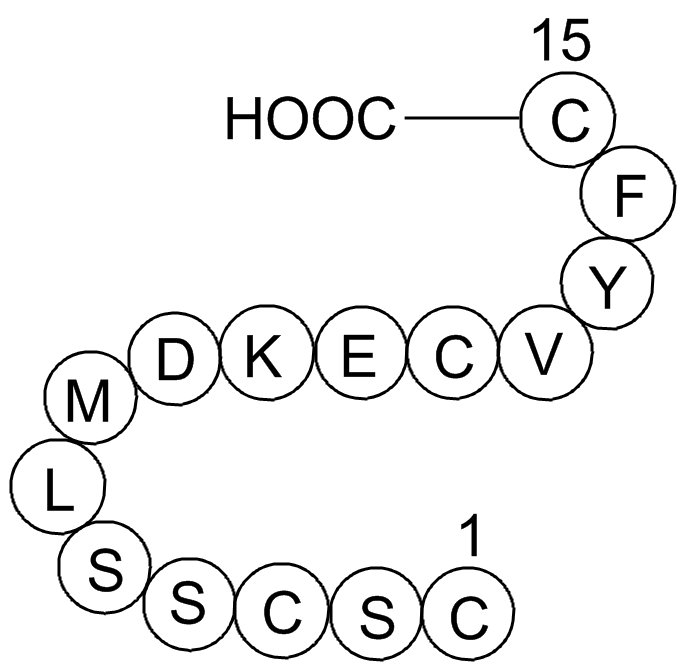
Material and methods Results Discussion Asparagine, arginine, leucine, methionine, and glutamine are the essential Meropenem trihydrate for cancer cells and intensively investigated for the development of selective targeted therapeutics. Among them, asparagine depleting bacterial enzyme as
16460 records 83/1098 page Previous Next First page 上5页 8182838485 下5页 Last page